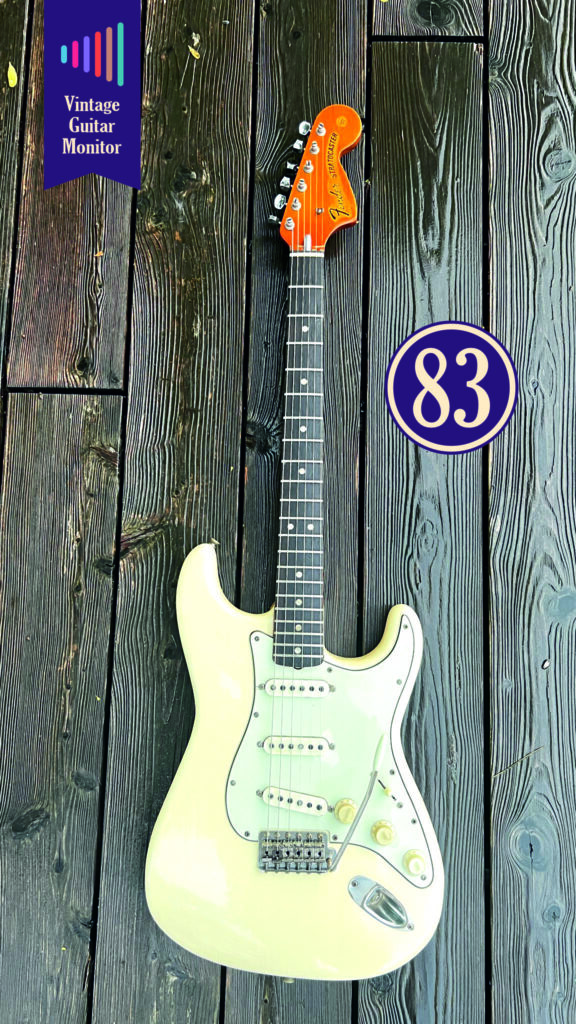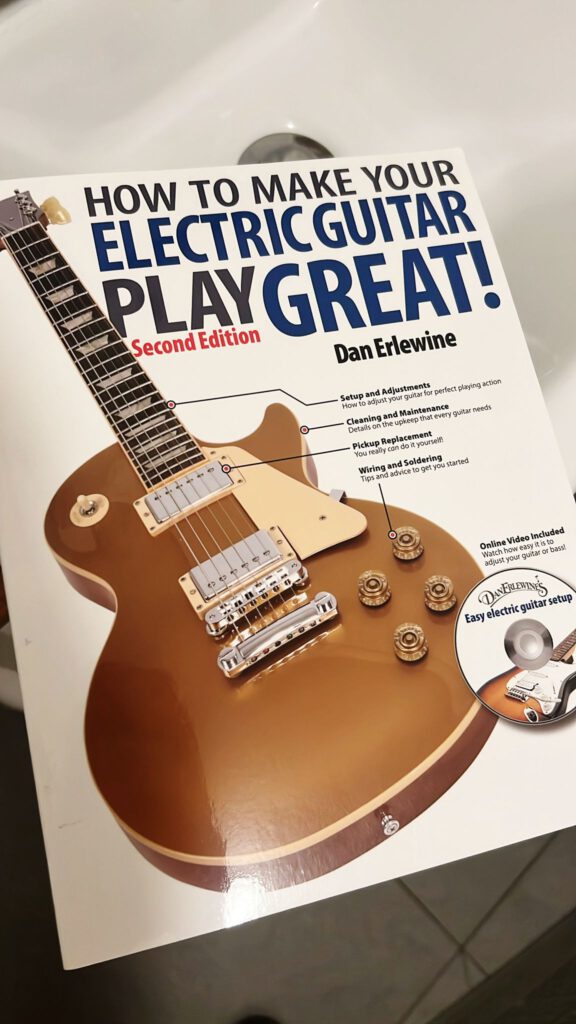



As you know, you never stop learning… A small masterpiece with lots of little tips that can make a big difference. Highly recommended for beginners and professionals alike!
https://amzn.to/451lqmA (affiliate-link)

My 1977 Fender Stratocaster is finally ready to play. This iconic guitar, known for its unmistakable sound and vintage charm, has been carefully restored to its former glory. Every detail, from the rare black sunburst finish to the original hardware (except the replacement vintage vibrato), has been carefully preserved to maintain its authenticity.
In addition, I have created the Vintage Guitar Monitor Index. This index is a comprehensive tool that can be used to track and assess relative market value. By analysing various factors such as age, condition and originality, the Vintage Guitar Monitor Index provides a valuable classification for collectors, musicians and enthusiasts. Whether you are looking to buy, sell or simply appraise these timeless instruments, this index is a reliable resource for understanding their value.
To own a vintage guitar like the 1977 Fender Stratocaster is not only to own a piece of music history, but also to connect with a legacy that has inspired generations of musicians. With the Vintage Guitar Monitor Index, I want to help the community make informed decisions and foster a deeper appreciation for these remarkable instruments.
I am very proud to present the first Vintage Guitar Monitor Index certificate:










This website, True Vintage Guitar, offers a comprehensive guide to understanding Fender guitar serial numbers. It provides valuable information about how to decode these serial numbers to determine the manufacturing date and other relevant details about Fender guitars. Whether you’re a collector, enthusiast, or just curious about the history of Fender instruments, this resource can help you navigate the complexities of dating these iconic guitars.

https://truevintageguitar.com/blogs/tvg-blog/fender-serial-numbers
FuzzFaced.net provides insights into dating Fender Stratocaster necks based on their serial numbers. The website offers a detailed guide on how to interpret the codes found on the neck plate and decipher the manufacturing date of a Fender Stratocaster. Whether you’re a seasoned collector or a beginner enthusiast, this resource can help you determine the age and authenticity of your instrument.


The document provides an in-depth analysis of the 1966 Fender Stratocaster Sunburst, a classic guitar model that underwent significant design changes after CBS acquired Fender. Here’s a detailed summary of the key points:
The summary captures the essence of the 1966 Fender Stratocaster’s design evolution, technical specifics, and its standing in the guitar community, highlighting both the historical significance and the continued legacy of this iconic model.